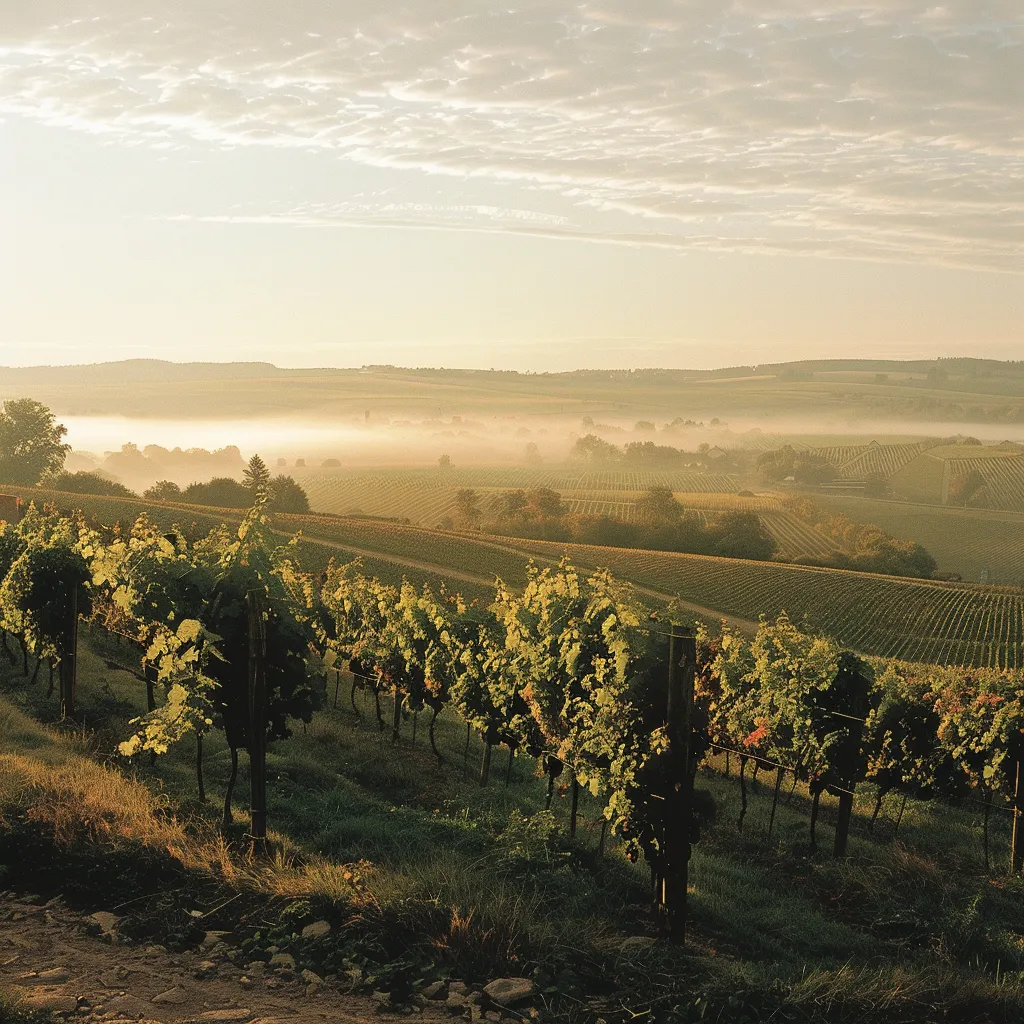
Austria
Grapevines already existed in Austria more than 60 million years ago. In the post-glacial warm period (back 10,000 to 5,000 years), the vine migrated northwest along the Danube. Man as homo sapiens found that wild vine, which is considered the archetype of the cultivated vine of all European noble varieties. Austria is a country with a rich history and culture, and a burgeoning wine industry. With its unique topography and climate, Austria is home to some of the world's most interesting and delicious wines. Austria has a long and storied history of winemaking, dating back to the Roman Empire. Today, Austria is one of the world's leading producers of quality wines, with over 45,000 hectares of vineyards and over 1,000 wineries. Austrian wines are known for their unique character and complexity, and are gaining in popularity around the world. They have authorized 26 white and 14 red grape varieties for quality wine. Today, red varieties are increasing and account for almost 1/3 of the total plantings.
Austria is home to a wide variety of grape varieties, including Grüner Veltliner, Riesling, Welschriesling, Blaufränkisch, Zweigelt, Sauvignon Blanc, Chardonnay, and Pinot Noir. These grapes are used to produce a range of styles of wine, from light and crisp whites to full-bodied and complex reds. Sparkling wines, such as Sekt, are also produced in Austria.
Austria is home to some of the world's most renowned winemakers, including Weingut Bründlmayer, Weingut Hirtzberger, Weingut Nigl, and Weingut Tement. These producers are known for their high-quality wines, and their wines can be found in many of the world's top restaurants and wine shops.
Austria was able to transform their low-quality bulk wine industry to one of the highest quality producing countries of the world. Today, single vineyard Grüner Veltliner and Riesling wines are highly sought after.

















